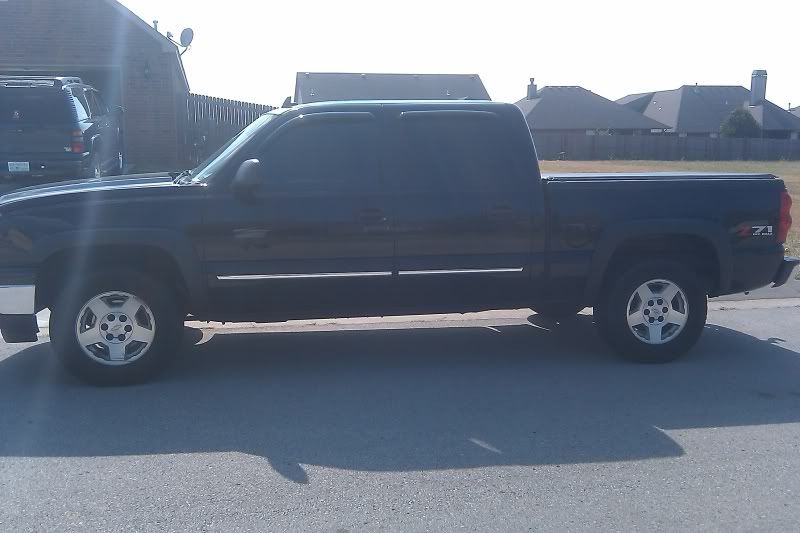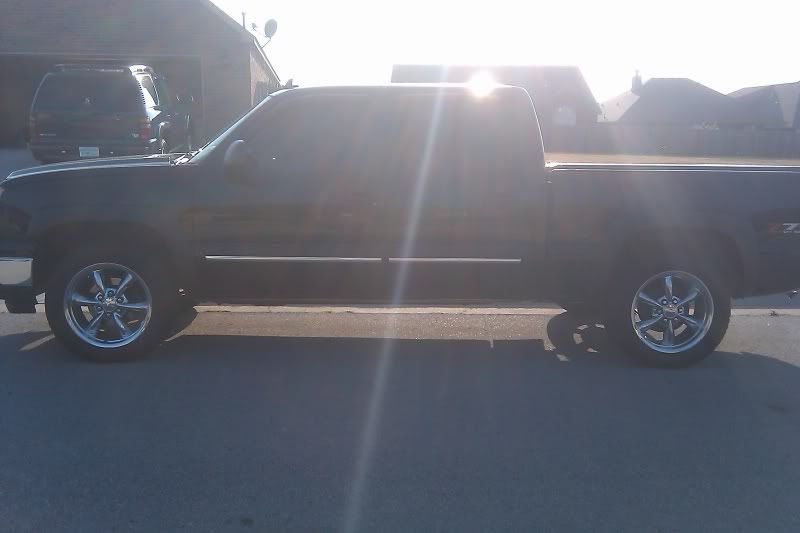RichardSenn
Thread starter
Originally Posted By: Quattro Pete
Originally Posted By: RichardSenn
-The only thing that will change will be the wheels
What I think Capri meant is that because you'll be changing several things at once: rim size, tire size, tire brand/model, therefore you will not be able to tell which of these exactly affected MPG and how.
And as he mentioned, RR of the tire itself will have the biggest impact on MPG.
Say you get smaller/lighter rims, but they come with tires that have a higher RR. End result may be that your MPG will actually get worse or stay the same.
Or say that you keep your current rims and just buy new tires that have a lower RR. End result may be that your MPG will improve.
I see what you're saying.
I guess in my mind I see it as the Tahoe setup (275/55/20 Bridgestones) vs. my truck setup (265/70/17 Destination AT's). Because the extra set of wheels I have are the exact same as my truck.
If MPGS do increase then yes I agree the wheel/tire sizes are different so I won't be 100% able to say it was the wheel weight or it was 100% due to the width and rolling resistance of the Bridgestones vs. the Destination AT's
What stays constant:
Wheel Diameter
Tread depth of all tires is 8/32
What changes:
Wheel Weight: From 33lbs to 19lbs
Tire Weight: From 46lbs to 40lbs
Wheels: 20" Chrome to 17" Aluminum
Tire Size: From 275/55/20 to 265/70/17
Tires: From Bridgestone to Firestone
At the end of the experiment all I will be able to say is one setup does better/worse than the other setup.
Originally Posted By: RichardSenn
-The only thing that will change will be the wheels
What I think Capri meant is that because you'll be changing several things at once: rim size, tire size, tire brand/model, therefore you will not be able to tell which of these exactly affected MPG and how.
And as he mentioned, RR of the tire itself will have the biggest impact on MPG.
Say you get smaller/lighter rims, but they come with tires that have a higher RR. End result may be that your MPG will actually get worse or stay the same.
Or say that you keep your current rims and just buy new tires that have a lower RR. End result may be that your MPG will improve.
I see what you're saying.
I guess in my mind I see it as the Tahoe setup (275/55/20 Bridgestones) vs. my truck setup (265/70/17 Destination AT's). Because the extra set of wheels I have are the exact same as my truck.
If MPGS do increase then yes I agree the wheel/tire sizes are different so I won't be 100% able to say it was the wheel weight or it was 100% due to the width and rolling resistance of the Bridgestones vs. the Destination AT's
What stays constant:
Wheel Diameter
Tread depth of all tires is 8/32
What changes:
Wheel Weight: From 33lbs to 19lbs
Tire Weight: From 46lbs to 40lbs
Wheels: 20" Chrome to 17" Aluminum
Tire Size: From 275/55/20 to 265/70/17
Tires: From Bridgestone to Firestone
At the end of the experiment all I will be able to say is one setup does better/worse than the other setup.
Last edited:




